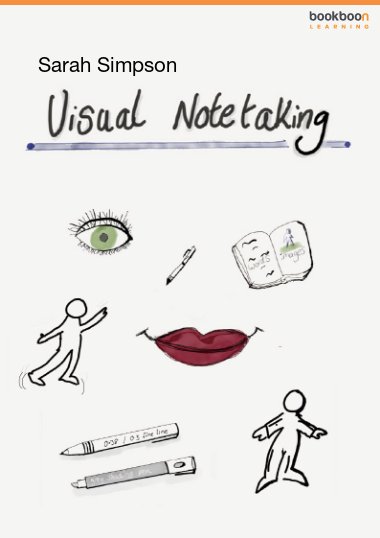Visual notetaking describes the real-time process of converting what you see, think and hear, into a series of images and words. This holistic approach will have you creating visually stunning, useful and engaging notes in no time. And best of all, you will see that you do not even have to be able to draw!
This book will guide you through everything you need to know, including; why you should use it, what you will need, basic shapes, capturing speech, people, lettering and fonts, use of colour, styles of notes, building your visual dictionary and finally how to use visual metaphors.
See it, think it, hear it, draw it!
About the author
Sarah Simpson MBA, FIntLM, BSc, Dip Man, Cert Man, DCR
Sarah Simpson is a freelance trainer, lecturer, writer and the owner of Dragontooth Training and Consultancy. She is passionate about designing and delivering bespoke courses covering the public, private and third sector. She utilises the latest technology to produce creative and innovative deliveries that are set 'in the real world' that challenge and enable change in working practices.
She draws on extensive public and private sector experience to ensure individuals, teams and organisations gain optimal return on investment and see tangible workplace results.
Her clients include; Universities, The Fire and Rescue Service, The Police Force and County Councils. She has lectured at National and International conferences and has published several peer reviewed papers.

